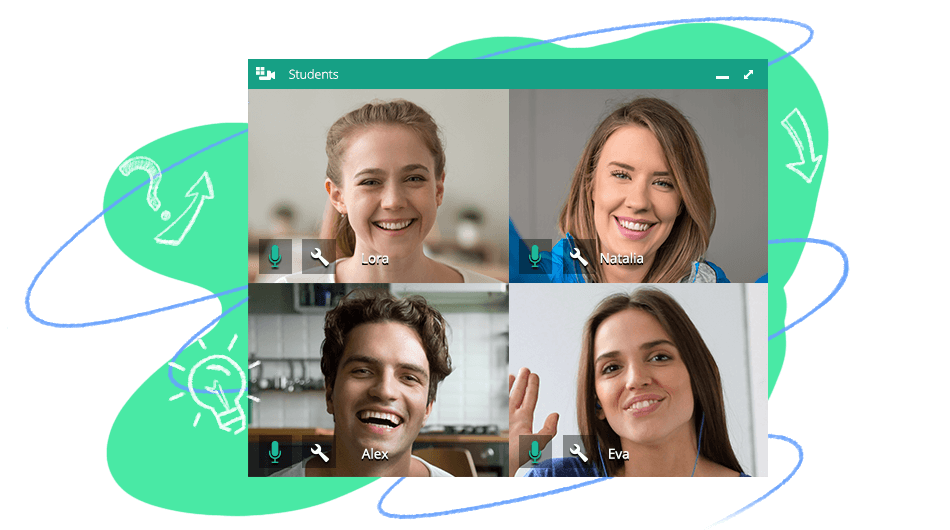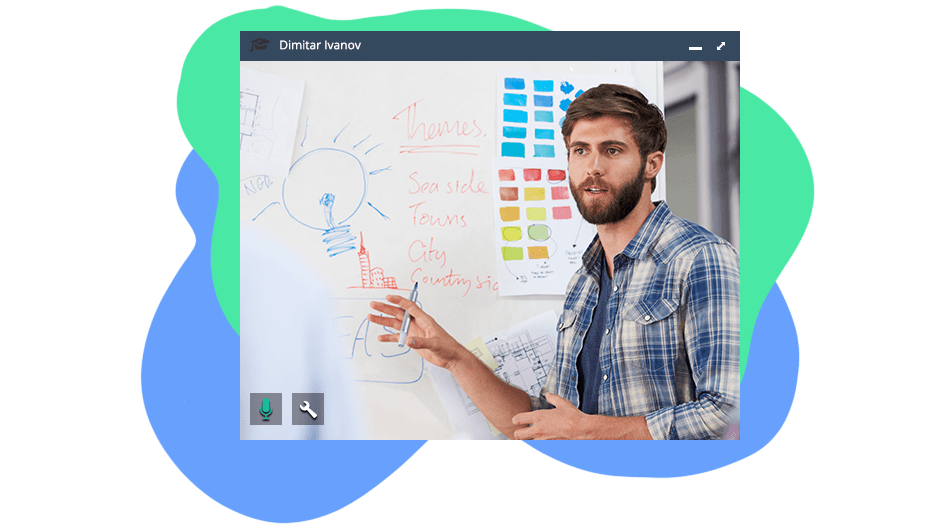Each person learns differently. What works for one may not work for another. However, there are certain techniques that every successful online tutor uses to make the most of their online practice. Although there are different online teaching techniques for different subjects and skills, you can start mastering your practice by applying the required and commonly-used ones.
Required Online Teaching Techniques
Required techniques are those that are usually used during each session. They include the necessary prep time of the tutor, including the collection of materials and planning the agenda for the session or the different scenarios for the practice. They can also be divided into:
Online teaching techniques for the beginning of the session
It is a good idea to make sure that all of the technological elements that will be used in the class are working correctly before the lesson begins. This includes following the correct login practices and making sure that none of the online students are experiencing any technical issues. You can also run a test to see where the problematic areas are. Prior to the start of the class, make sure your audience knows and remembers all the rules of the virtual classroom. Before the beginning of your practice, you have to create clear rules for yourself too; for example, how will you handle interruptions, no shows, etc. Also, make sure you have created and checked the mechanisms used for assignments, group projects, and the amount of time needed to complete different tasks in the virtual classroom. Be ready to justify all of your decisions in a calm and confident manner.

Online teaching techniques for the end of the session
A great approach for all online tutors is to notify their students that the session time will be over in 5, 10, or 15 minutes, depending on the current activity. Leave additional time for questions and organizational issues.
Another useful habit is to summarize the material of the day.
- You can cover the topics, repeat some keywords, or write down important formulas, for example.
- Try to make a brief mind map so that your online students can easily retrieve the information later on.
- For recap, you can ask a student to explain how they will benefit from the new information.
Additionally, you can go over the requirements for the homework assignment, set clear deadlines, and share some key recommendations.
The next step is to make sure that all of the participants in the virtual classroom have logged out. Then, take some time to reflect on the class. Ask yourself how it went and what you can do to improve it. A good idea is to plan your next session right after the end of the previous one. Thus, you can make better connections between the topics and won’t accidentally leave something out.
Active listening
Active listening is a major part of the online teaching practice. Keeping in mind that you have only a virtual connection, you have to make the most of it and intentionally increase the level of communication. Part of active listening involves mastering the art of body language, which includes eye contact, gestures, nodding, smiling, and other facial expressions. The idea is to encourage your online students to participate and freely express themselves.

When an online tutor actively listens, it shows their students that they are important enough to have their full attention. Furthermore, you can demonstrate active listening by:
- Paraphrasing what the student has shared
- Asking additional questions to clarify and go deeper
- Providing constructive feedback
- Guiding the students
- Sharing ideas or challenging their opinions
Asking questions
Online students (just like all students for that matter) have gaps in their knowledge. A good way for online tutors to find and fill these gaps is by asking questions. After every new piece of material, concept, or learning idea, you can ask questions. Try to make them open-ended so that you can see where the gaps are exactly. Or you can ask your audience to summarize the material in their own words. They can start by identifying the topic, talking about how difficult it was, discussing whether or not it was useful in their everyday life, etc. However, try not to use yes or no questions. And don’t settle for yes or no answers. Ask your students about their opinion on the material and challenge their points of view. Try to get them to explain the principles and mechanisms in their own words. The simpler – the better.
Commonly-Used Online Teaching Techniques
The list of commonly used techniques vary for every online tutor and their specific audience. They concern the different teaching and learning styles. Additionally, they are extremely useful and recommended during online practices. However, they may take diverse forms.
Offer microlearning
Focus on microlearning to help students quickly absorb new knowledge. Microlearning provides small, bite-sized lessons lasting from 60 seconds to 20 minutes. This technique is considered more effective than longer sessions. The advantage of bite-sized learning includes quick deployment, fast learning through regular refreshers, increased productivity, and easy tracking. Furthermore, it delivers targeted and objective-specific knowledge. For this purpose, you can use index cards, bullets, or single sheets of paper to present each piece of information.
Give lots of examples
Our minds often need an association to help absorb a lot of new or abstract information.. When giving an example of a new concept, try to relate it to the students’ everyday lives. Actively involve your audience to help them understand what you mean. If you can relate your course material to something that your students have experienced before, this will help them remember it better. Additionally, keep in mind the different backgrounds and cultural differences of your audience.

Brainstorm actively
Brainstorming has a lot of benefits. It helps online students to come up with creative solutions to an assigned task. The important thing here is that they use the gained knowledge in the process. Improve this process by asking a lot of “Why” questions. They will help your students recall information. Additionally, you will have a chance to make certain corrections if needed. Encourage questions from students too. Educational exchanges happen when people ask questions and don’t take the answers for granted.
Show information in different ways
Since there are different e-learning styles, make sure to present new knowledge in as many different ways as possible. Use text, graphs, charts, and drawings to improve your students’ visual comprehension of the material. You can also include the other senses: add music, rhythms, etc. Be sure to observe your students and identify learning styles that work well for them. Furthermore, think about the preparation of additional materials that your students can keep and use for themselves.

